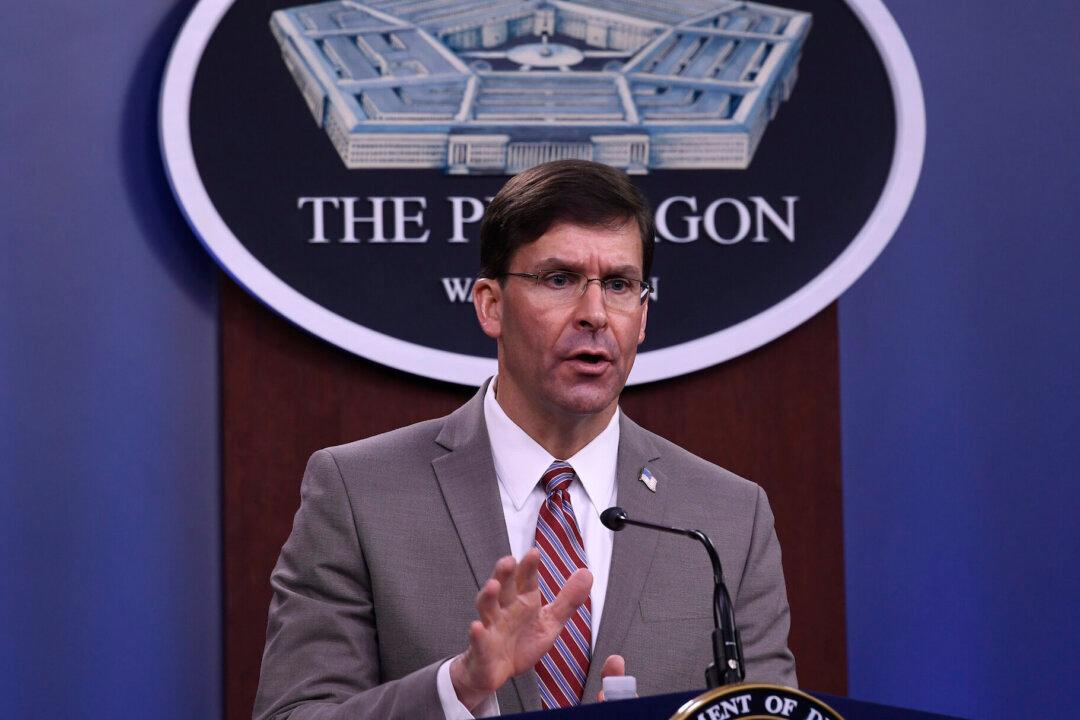The United States on Thursday launched retaliatory airstrikes aimed at an Iran-backed terror group after a recent deadly rocket attack on a U.S. military base in Iraq that killed two Americans and a Brit.
“Earlier this evening, the United States conducted defensive precision strikes against Kata’ib Hizbollah (KH, also Kata’ib Hezbollah) facilities across Iraq,” read a statement from the Department of Defense released Thursday.




